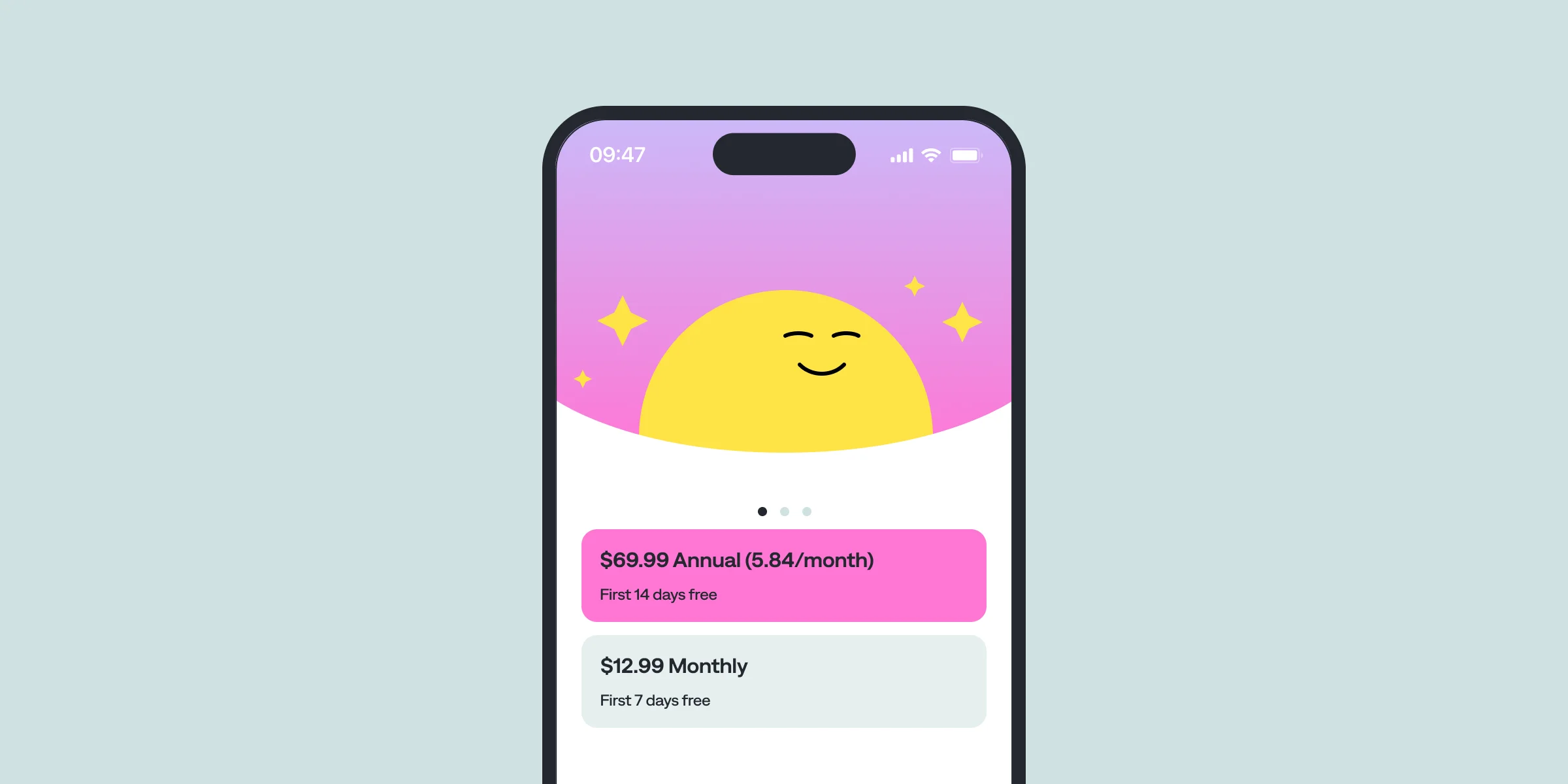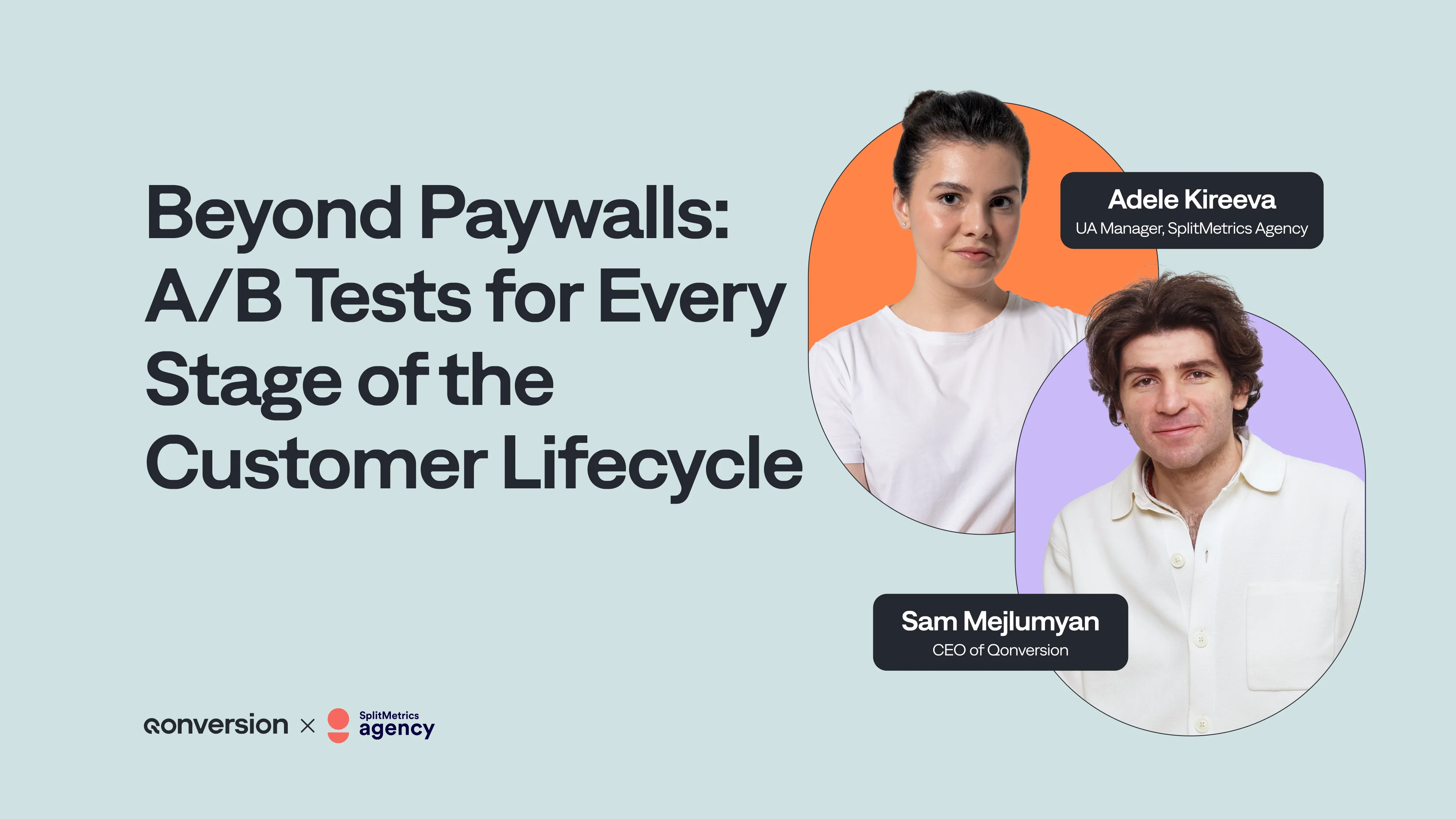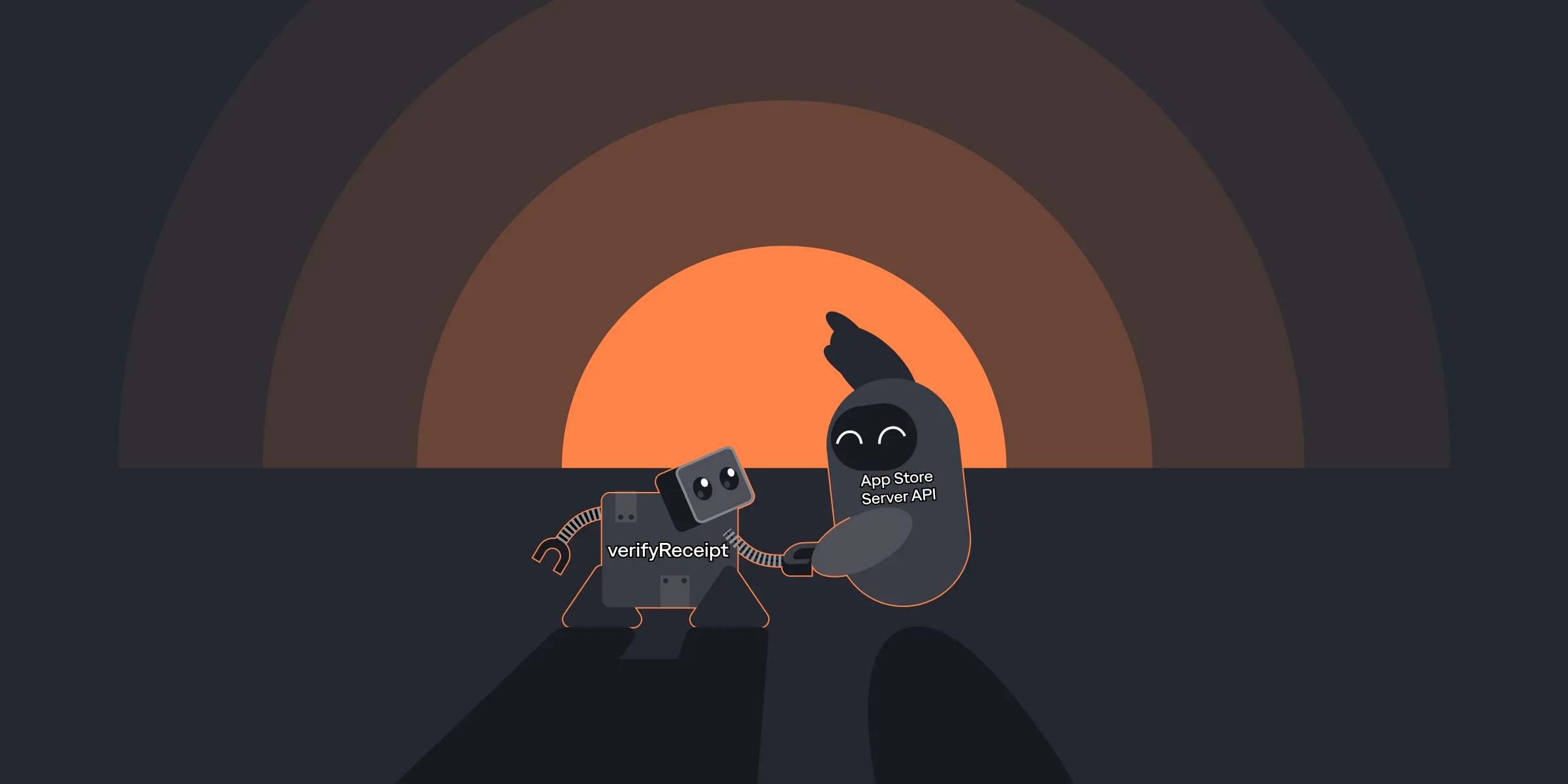Paywall A/B Tests: Examples for Meditation and Health Apps
Paywall A/B Tests: Examples for Meditation and Health Apps

Kate

Kate
Mar 16, 2023
Mar 16, 2023
In this article, we explore the best practices for creating paywalls for meditation, sleep, and mindfulness apps. We also give you some benchmarks and discover some ideas on how you can improve your paywall to make it even more profitable.
In this article, we explore the best practices for creating paywalls for meditation, sleep, and mindfulness apps. We also give you some benchmarks and discover some ideas on how you can improve your paywall to make it even more profitable.














